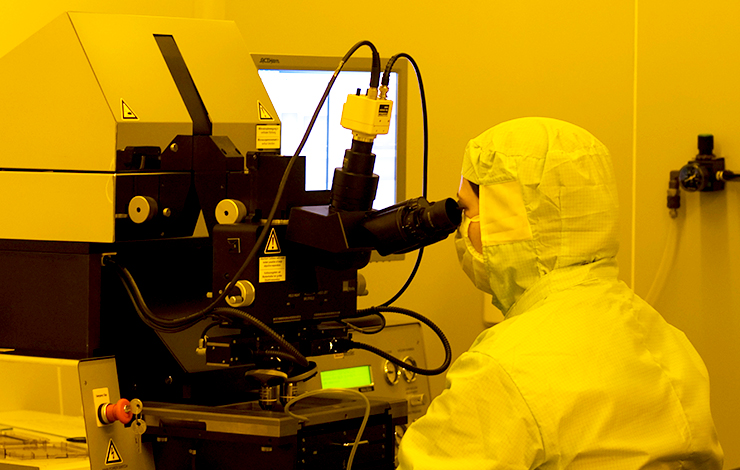


UV-Mediated Photochemical Treatment for Low-Temperature Oxide-Based Thin-Film Transistors
| Title | UV-Mediated Photochemical Treatment for Low-Temperature Oxide-Based Thin-Film Transistors |
| Publication Type | Journal Article |
| Year of Publication | 2016 |
| Authors | Carlos E, Branquinho R, Kiazadeh A, Barquinha P, Martins R, Fortunato E |
| Journal | ACS Applied Materials and Interfaces |
| Volume | 8 |
| Pagination | 31100-31108 |
| ISSN | 19448244 |
| Keywords | Aluminum, Aluminum oxides, Amorphous films, Combustion synthesis, Dielectric materials, Flexible electronics, Indium, Irradiation, Low operating voltage, Low temperatures, Oxide films, Oxides, Semiconductor devices, Slope stability, Solution combustion synthesis, Substrates, Temperature, Thin film circuits, Thin film transistors, Thin films, Transistors, UV irradiation |
| Abstract | Solution processing of amorphous metal oxides has lately been used as an option to implement in flexible electronics, allowing a reduction of the associated costs and high performance. However, the research has focused more on the semiconductor layer rather than on the insulator layer, which is related to the stability and performance of the devices. This work aims to evaluate amorphous aluminum oxide thin films produced by combustion synthesis and the influence of far-ultraviolet (FUV) irradiation on the properties of the insulator on thin-film transistors (TFTs) using different semiconductors, in order to have compatibility with flexible substrates. An optimized dielectric layer was obtained for an annealing of 30 min assisted by FUV exposure. These thin films were applied in gallium-indium-zinc oxide TFTs as dielectrics showing the best results for TFTs annealed at 180 °C with FUV irradiation: good reproducibility with a subthreshold slope of 0.11 ± 0.01 V dec -1 and a turn-on voltage of -0.12 ± 0.05 V, low operating voltage, and good stability over time. Finally, the dielectric layer was applied in solution-processed indium oxide (In2O3) TFTs at low temperature, 180 °C, with a short processing time being compatible with flexible electronic applications. © 2016 American Chemical Society. |
| URL | https://www.scopus.com/inward/record.uri?eid=2-s2.0-84996964966&doi=10.1021%2facsami.6b06321&partnerID=40&md5=be5982be360fcc33fcdc4ac273bb016c |
| DOI | 10.1021/acsami.6b06321 |








